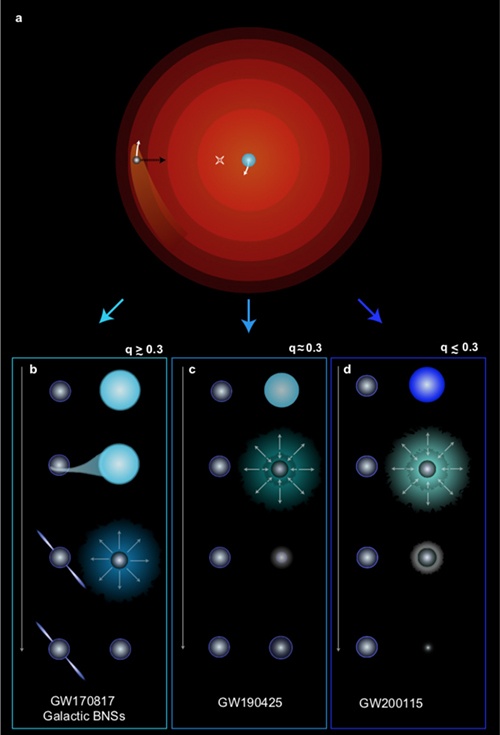Neutron stars are so named because in the simplest of models they are made of neutrons. They form when the core of a large star collapses, and the weight of gravity causes atoms to collapse. Electrons are squeezed together with protons so that the core becomes a dense sea of neutrons. But we now know that neutron stars aren’t just gravitationally bound neutrons. For one thing, neutrons are comprised of quarks, which have their own interactions both within and between neutrons. These interactions are extremely complex, so the details of a neutron star’s interior are something we don’t fully understand.
Continue reading “Do the Fastest Spinning Pulsars Contain Quark Matter?”Do the Fastest Spinning Pulsars Contain Quark Matter?










